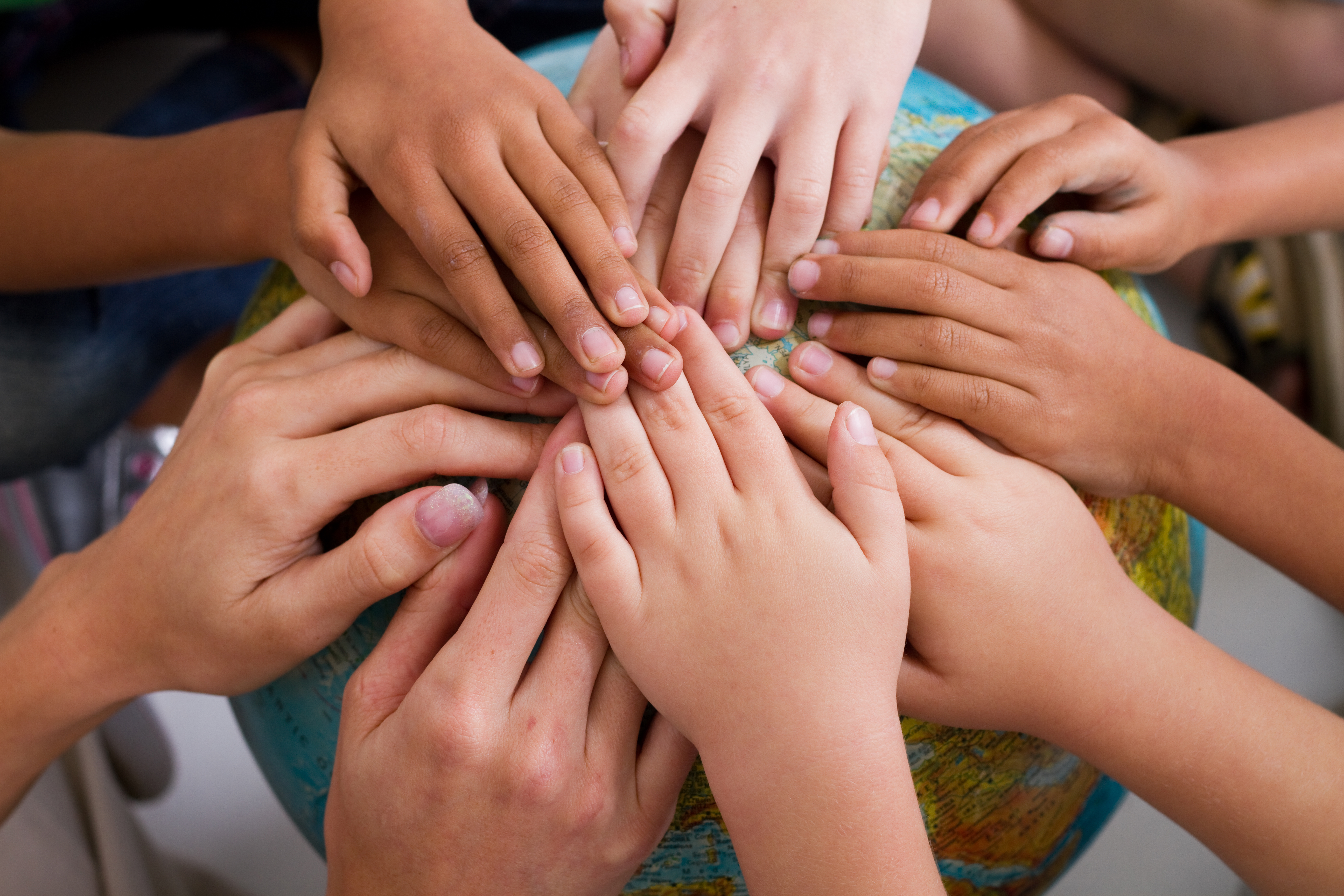Can we talk for a minute? Parenting in 2020 is tough. This year has likely hurled you into complicated discussions you hadn’t prepared to have with your child—conversations about the pandemic, social distancing, political unrest . . . and racism. Even if this is a topic you’ve shied away from in the past, recent events have demanded dialogue. If you’re like most people, you may be struggling with the right words. What should you share with your child about race and racism? How can you contribute to raising a child who is healthy, well-adjusted, kind, and tolerant of others? What age is the “right” age to begin these conversations? What should this entail?
Regardless of your race and background (and the race of your child, which may be the same or different from your own), talking about racism is critical. Here are a few suggestions to help you get started:
- There is no such thing as being “too young” to learn about race and racism. So, if you haven’t yet begun these conversations with your child, today is the best time to start. Research has indicated that most children can identify racial differences by 6 months of age and start exhibiting racial preferences (or biases) by age 4. Let that sink for just a moment. Just because you haven’t initiated a verbal dialogue on the topic of race, your child is still taking in their surroundings and processing what they’re seeing on television and in popular culture, as well as what they’re observing around them.
- Encourage natural curiosity about differences. When asked to reflect on an early memory involving race, adults of all backgrounds tend to recall feelings of shame. Many well-meaning parents perpetuate these feelings of shame without meaning to. Imagine for a moment that you’re pushing your 3-year-old through the grocery store and she exclaims, “Mommy, that man is so Black!” Your first inclination is likely to immediately hush her: “Shhh . . . we don’t say that!” Unfortunately, this type of reaction can easily contribute to a child’s feelings of shame. Instead, this is a prime opportunity to speak with your toddler about race. “Yes, the man’s skin is much darker than yours. Skin comes in lots of different colors and they’re all beautiful!” If it’s developmentally appropriate, throw in a scientific conversation about melanin, emphasizing that all skin is beautiful and our differences make us special and unique. Be careful not to enforce “color blindness” or “othering,” which can happen easily if you’re not open to talking about racial differences.
- Consider how you’re modeling inclusion and racial appreciation in your own life, beyond the words coming out of your mouth. Who are your neighbors? Who are your friends? What is the racial demographic of your church community? Children who have adult role models in a variety of races tend to be better adjusted and appreciative of racial differences.
- Call out racial injustice when you see it. Perhaps your child encounters a Black Lives Matter protest or catches news coverage of racial profiling. Instead of turning the other way or changing the channel, use this as an opportunity to talk about racism and why it’s harmful. Just the other day, my 7-year-old daughter asked me about a Black Lives Matter sign we saw. This was a meaningful opportunity to engage in dialogue with her about racism. As tempting as it may feel, don’t be a bystander. If you observe racial profiling occurring and you don’t step in, this speaks volumes to an observant child. In dialogue with your child, focus on acceptance, kindness, and their ability to be part of the solution. Always emphasize that no race or group of people is any better than another.
- Teach your child the importance of overcoming misconceptions about other humans. Society bombards us with racial stereotypes. As parents, it is our duty to teach our children a better way. Have open conversations with your child about dispelling stereotypes. You do not know another person’s passions, gifts, or lived experiences just by looking at them. You have no idea about their education level. The person society has encouraged you to disregard may perform life-saving surgery on your loved one or become your boss one day. Don’t jump to conclusions, especially if those assumptions are based on a person’s skin color.
- Keep a strengths-based approach. Learning about the strengths and contributions of different racial groups is important in appreciating racial differences. Be gentle with yourself and acknowledge that you won’t always have the answers. It’s perfectly okay to say, “I’m still learning, too,” or, “Let’s look this up together.” Reinforce that being actively anti-racist is a lifelong journey, and it’s normal to make mistakes sometimes.
- Teach empathy and kindness. Children who are able to understand and share other people’s feelings are much more likely to become kind, anti-racist adults. If you’re not sure where to begin, a guided social-emotional learning curriculum, such as Empowering Confident Youth, can help. The goal of social-emotional learning is to help your child become more confident in themselves, learn coping skills, and build healthy relationships with others.


